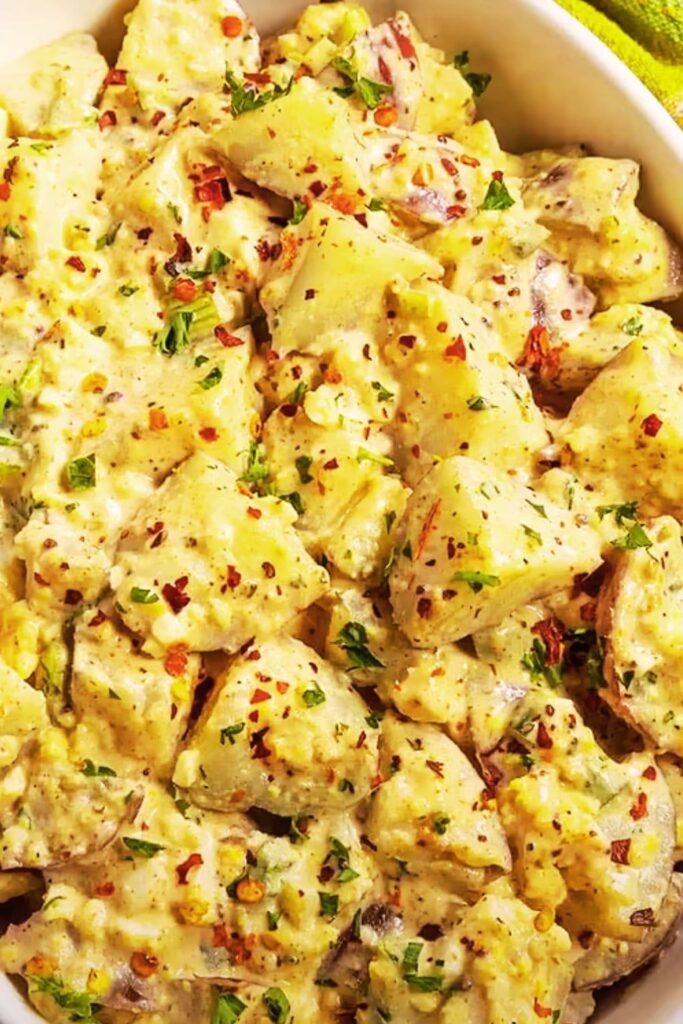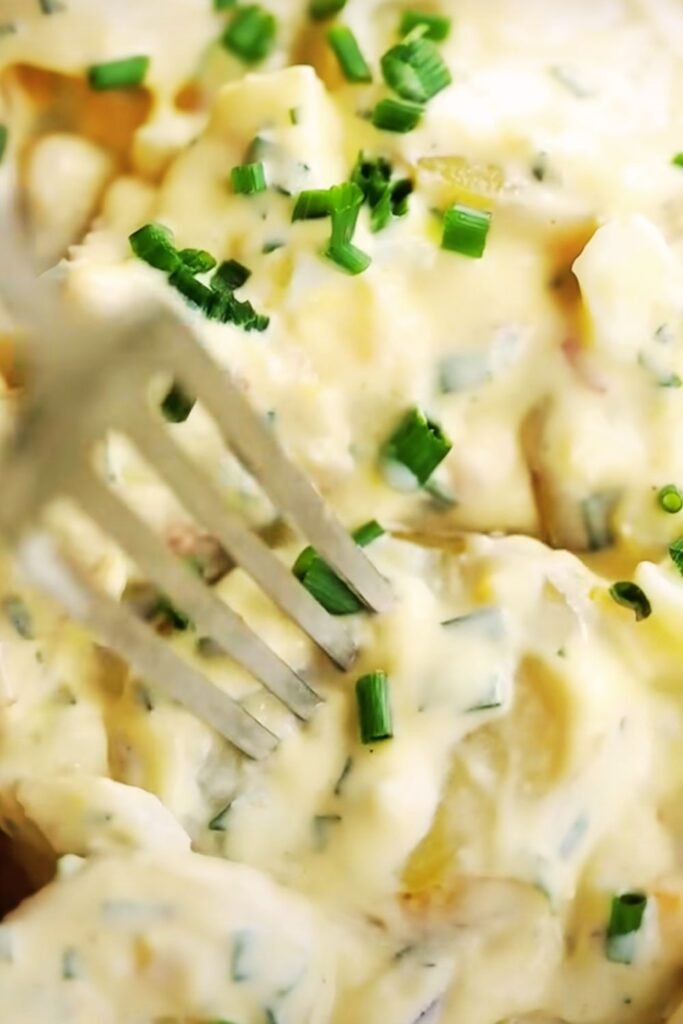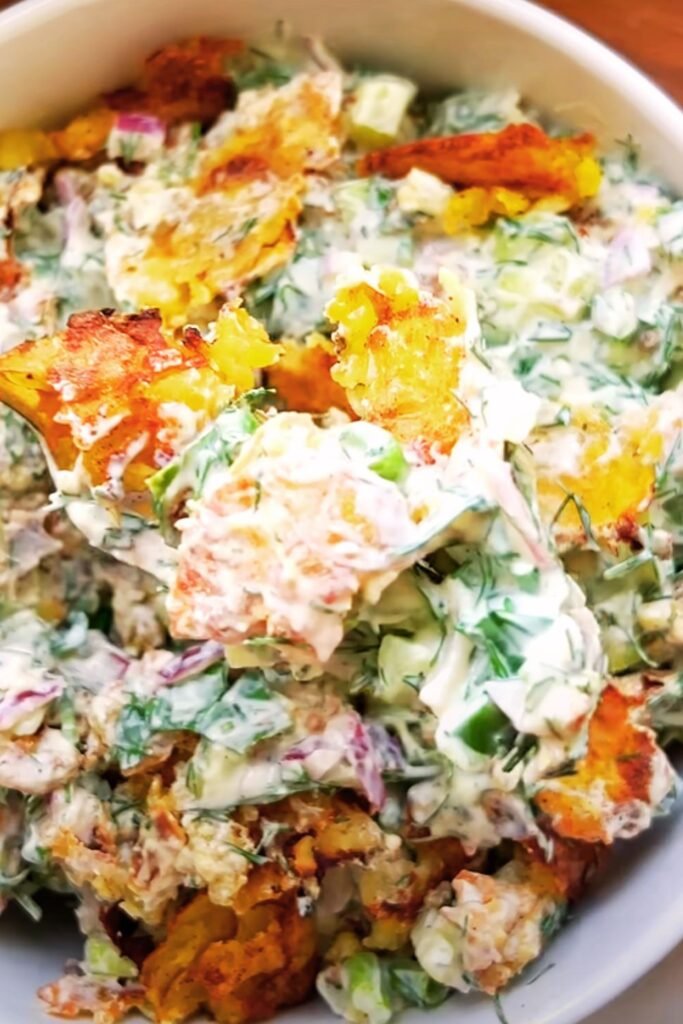Living with IBS has taught me that food can be both medicine and trigger. After years of digestive struggles and countless hours researching nutrition, I’ve discovered that the Low FODMAP diet isn’t just another trending eating plan—it’s a scientifically-backed approach that has transformed my relationship with food and dramatically reduced my IBS symptoms.
When I first heard about FODMAPs, I felt overwhelmed by the complexity. The acronym alone seemed intimidating, and the thought of eliminating so many foods from my diet felt impossible. However, after working with registered dietitians and experiencing the life-changing benefits firsthand, I’m excited to share this comprehensive 30-day meal plan that will guide you through your own healing journey.
Understanding FODMAPs: Your Foundation for Success
FODMAP stands for Fermentable Oligosaccharides, Disaccharides, Monosaccharides, and Polyols. These are short-chain carbohydrates that many people struggle to digest properly. When these compounds reach your large intestine undigested, they ferment and draw water into your bowel, leading to the uncomfortable symptoms we know all too well.
The Science Behind FODMAP Sensitivity
Research conducted by Monash University has shown that approximately 75% of people with IBS experience significant symptom improvement when following a properly implemented Low FODMAP diet. The mechanism is straightforward: by temporarily reducing these fermentable carbohydrates, we give our digestive system a chance to heal and reset.
Key FODMAP Categories to Understand:
Oligosaccharides : Found in wheat, rye, onions, and garlic. These include fructans and galacto-oligosaccharides that cause bloating and gas.
Disaccharides : Primarily lactose found in dairy products. Many adults have reduced lactase enzyme production, making dairy difficult to digest.
Monosaccharides : Excess fructose found in certain fruits like apples, pears, and honey. The key word here is “excess”—some fructose is perfectly fine.
Polyols : Sugar alcohols like sorbitol and mannitol found in stone fruits and artificial sweeteners. These have a laxative effect when consumed in larger quantities.
My 30-Day Low FODMAP Journey: What to Expect

Embarking on this journey requires patience and commitment, but I promise the results are worth every mindful bite. The 30-day plan I’ve developed follows the gold standard approach: elimination, reintroduction, and personalization.
Week 1-2: The Elimination Phase
During these initial weeks, you’ll eliminate all high FODMAP foods from your diet. I won’t lie—this period can feel restrictive, but it’s crucial for reducing inflammation and allowing your gut to heal. Many of my clients notice improvements in bloating and abdominal pain within the first week.
Week 3-4: Continued Healing and Preparation
By the third week, most people experience significant symptom relief. This is when I encourage focusing on meal variety and exploring new low FODMAP ingredients. We’ll also begin preparing for the systematic reintroduction phase.
Complete 30-Day Low FODMAP Meal Plan
Week 1: Foundation Building
| Day | Breakfast | Lunch | Dinner | Snacks |
|---|---|---|---|---|
| 1 | Gluten-free oats with strawberries and almonds | Grilled chicken salad with mixed greens, cucumber, and olive oil dressing | Baked salmon with roasted carrots and quinoa | Rice cakes with peanut butter |
| 2 | Scrambled eggs with spinach and lactose-free cheese | Turkey and lettuce wrap in corn tortilla | Beef stir-fry with bell peppers and brown rice | Orange slices with walnuts |
| 3 | Smoothie with banana, spinach, and lactose-free yogurt | Quinoa bowl with grilled vegetables and chicken | Pork tenderloin with mashed potatoes and green beans | Carrot sticks with hummus (tahini-based) |
| 4 | Gluten-free toast with avocado and tomato | Tuna salad with mixed greens and cucumber | Chicken curry with basmati rice and zucchini | Grapes with aged cheddar |
| 5 | Chia pudding with blueberries and coconut milk | Vegetable soup with gluten-free bread | Grilled fish with roasted root vegetables | Rice crackers with almond butter |
| 6 | Omelette with herbs and lactose-free milk | Chicken and vegetable stir-fry with rice noodles | Lamb chops with roasted eggplant and quinoa | Kiwi fruit with pecans |
| 7 | Pancakes made with rice flour and maple syrup | Salad with grilled shrimp and lemon dressing | Beef and vegetable stew with potatoes | Dark chocolate (70%+) with strawberries |
Week 2: Building Confidence
| Day | Breakfast | Lunch | Dinner | Snacks |
|---|---|---|---|---|
| 8 | Smoothie bowl with permitted fruits and seeds | Leftover stew with gluten-free roll | Chicken breast with roasted fennel and rice | Handful of mixed nuts |
| 9 | Gluten-free cereal with lactose-free milk | Quinoa salad with vegetables and herbs | Fish tacos with corn tortillas and salsa | Banana with peanut butter |
| 10 | Eggs Benedict on gluten-free English muffin | Chicken soup with rice noodles | Pork stir-fry with bok choy and jasmine rice | Orange and almonds |
| 11 | Overnight oats with permitted berries | Turkey and avocado salad | Beef burger (no bun) with sweet potato fries | Rice cakes with tahini |
| 12 | Vegetable frittata with herbs | Grilled chicken with quinoa tabbouleh | Salmon with roasted Brussels sprouts and rice | Grapes with walnuts |
| 13 | French toast with gluten-free bread | Tuna-stuffed tomatoes with greens | Lamb curry with basmati rice and spinach | Carrot sticks with almond butter |
| 14 | Breakfast quinoa with cinnamon and berries | Leftover curry with rice | Grilled vegetables with chicken and herbs | Dark chocolate with permitted nuts |
Week 3: Expanding Horizons
| Day | Breakfast | Lunch | Dinner | Snacks |
|---|---|---|---|---|
| 15 | Chia seed pudding with coconut and kiwi | Chicken and rice soup | Beef and vegetable kebabs with quinoa | Mixed berries with yogurt |
| 16 | Gluten-free pancakes with maple syrup | Quinoa bowl with roasted vegetables | Fish and chips (gluten-free batter) with mushy peas | Orange slices with pecans |
| 17 | Smoothie with spinach, banana, and protein powder | Turkey lettuce wraps with vegetables | Chicken tikka with rice and cucumber raita | Rice crackers with hummus |
| 18 | Omelette with permitted vegetables | Leftover tikka with naan (gluten-free) | Pork tenderloin with roasted root vegetables | Handful of almonds and grapes |
| 19 | Overnight oats with strawberries | Tuna salad with gluten-free crackers | Lamb stir-fry with vegetables and rice | Banana with almond butter |
| 20 | Eggs and bacon with grilled tomatoes | Chicken salad with mixed greens | Salmon with quinoa and steamed broccoli | Dark chocolate with strawberries |
| 21 | Weekend pancakes with blueberries | Vegetable soup with protein | Beef roast with Yorkshire pudding (GF) and vegetables | Mixed nuts and kiwi |
Week 4: Mastery and Preparation
| Day | Breakfast | Lunch | Dinner | Snacks |
|---|---|---|---|---|
| 22 | Breakfast bowl with quinoa and fruits | Leftover roast beef sandwich (GF bread) | Chicken and vegetable curry with rice | Carrot sticks with tahini |
| 23 | Smoothie with permitted ingredients | Quinoa salad with grilled chicken | Fish pie with potato topping | Orange and walnuts |
| 24 | Gluten-free toast with avocado | Turkey and vegetable soup | Pork chops with mashed sweet potato | Rice cakes with peanut butter |
| 25 | Chia pudding with berries | Chicken stir-fry with rice noodles | Beef and vegetable stew | Grapes with aged cheese |
| 26 | Omelette with spinach and herbs | Tuna and rice salad | Lamb with roasted vegetables and quinoa | Mixed nuts and banana |
| 27 | Pancakes with permitted toppings | Leftover lamb with vegetables | Salmon with rice and steamed greens | Dark chocolate with almonds |
| 28-30 | Mix and match from previous days, focusing on variety and personal preferences |
Essential Low FODMAP Pantry Staples

Building a well-stocked pantry makes following the Low FODMAP diet infinitely easier. Here are my must-have ingredients that I always keep on hand:
Grains and Starches
- Quinoa (my absolute favorite for versatility)
- Brown and white rice
- Gluten-free oats
- Rice noodles and gluten-free pasta
- Corn tortillas
- Gluten-free bread and crackers
Proteins
- Fresh fish and seafood
- Chicken and turkey
- Lean beef and lamb
- Eggs (incredibly versatile)
- Firm tofu
- Canned tuna and salmon
Vegetables (Low FODMAP Portions)
- Leafy greens (unlimited)
- Bell peppers (all colors)
- Carrots and parsnips
- Zucchini and summer squash
- Tomatoes and cucumber
- Eggplant and potatoes
Fruits (Proper Portions)
- Strawberries and blueberries
- Oranges and grapes
- Bananas (firm, not overripe)
- Kiwi fruit
- Cantaloupe and honeydew
Shopping Strategy and Meal Prep Tips
My approach to Low FODMAP success relies heavily on strategic shopping and efficient meal preparation. I’ve learned that preparation prevents both panic and symptom flare-ups.
Weekly Shopping List Template
Proteins (Choose 3-4)
- 2 lbs chicken breast or thighs
- 1 lb fish fillets
- 1 lb ground turkey or beef
- 1 dozen eggs
Vegetables (Mix and Match)
- 2 bags mixed greens
- 1 bag carrots
- 2 bell peppers
- 1 zucchini
- 1 eggplant
- Cherry tomatoes
Pantry Restocking
- Quinoa or rice
- Gluten-free bread
- Olive oil and vinegar
- Herbs and spices
- Nuts and seeds
Dining Out Successfully on Low FODMAP
Restaurants don’t have to be off-limits during your Low FODMAP journey. I’ve developed strategies that allow me to enjoy social dining while maintaining my dietary requirements.
Restaurant Survival Guide
Communication is Key : I always call ahead to discuss my dietary needs. Most restaurants are accommodating when given advance notice.
Simple is Better : I focus on simply prepared proteins with steamed vegetables and rice or potatoes. Grilled chicken or fish with a side salad (dressing on the side) is almost always available.
Avoid Hidden FODMAPs : Sauces, marinades, and dressings often contain garlic and onion. I request these on the side or ask for dishes to be prepared without them.
Troubleshooting Common Challenges
Challenge 1: Social Situations
Family gatherings and social events can feel overwhelming when you’re eliminating so many foods. I’ve learned to eat a small Low FODMAP meal before attending events, and I always bring a dish I can enjoy to share with others.
Challenge 2: Travel and Work
I pack portable snacks like rice cakes with almond butter, nuts, and permitted fruits. For work lunches, I batch-cook Low FODMAP meals on Sundays and freeze portions for easy reheating.
Challenge 3: Cravings and Satisfaction
The elimination phase can feel restrictive, but I focus on exploring new flavors with herbs and spices. Experimenting with different cooking methods keeps meals interesting and satisfying.
Nutritional Considerations and Supplements

While following a Low FODMAP diet, maintaining nutritional balance is crucial. I work closely with a registered dietitian to ensure I’m meeting all my nutritional needs.
Important Nutrients to Monitor
Fiber Intake : Since we’re eliminating many fiber-rich foods, I include plenty of permitted vegetables and fruits, plus gluten-free oats and quinoa.
Calcium and Vitamin D : With reduced dairy intake, I focus on lactose-free dairy products, fortified plant milks, and leafy greens.
B Vitamins : Eliminating wheat products can reduce B vitamin intake, so I choose fortified gluten-free products and consider a B-complex supplement.
Beyond the 30 Days: The Reintroduction Phase
The elimination phase is just the beginning of your Low FODMAP journey. After 30 days of strict adherence, you’ll begin systematically reintroducing FODMAP groups to identify your personal triggers.
Reintroduction Strategy
Week 5-8: Systematic Testing : I reintroduce one FODMAP group at a time, testing small amounts for three days while monitoring symptoms.
Week 9-12: Fine-tuning : Based on my reactions, I determine my personal tolerance levels for each FODMAP category.
Ongoing: Personalized Diet : I create a personalized long-term eating plan that includes well-tolerated foods while avoiding my specific triggers.
Success Stories and Motivation
Throughout my journey, I’ve connected with countless individuals who’ve transformed their lives through the Low FODMAP approach. Sarah, a teacher from California, eliminated her daily bloating within two weeks. Michael, a business executive, regained the confidence to travel for work without fear of symptom flare-ups.
These success stories remind me that while the initial elimination phase requires dedication, the freedom and symptom relief that follow make every mindful meal choice worthwhile.
Q&A Section
Q: How quickly will I see results on the Low FODMAP diet?
Most people notice improvements in bloating and abdominal pain within the first week. However, it can take 2-6 weeks to see full symptom relief. I always remind my clients that everyone’s timeline is different, and patience is key to success.
Q: Can I follow a Low FODMAP diet if I’m vegetarian or vegan?
Absolutely! While it requires more planning, plant-based Low FODMAP eating is entirely possible. Focus on tofu, tempeh, quinoa, nuts, seeds, and plenty of permitted vegetables and fruits. I recommend working with a dietitian to ensure nutritional adequacy.
Q: Is the Low FODMAP diet safe for long-term use?
The strict elimination phase should only last 2-6 weeks. Long-term restriction of all FODMAPs isn’t recommended because many high FODMAP foods are nutritious and support beneficial gut bacteria. The goal is to identify your personal triggers and create a varied, sustainable eating plan.
Q: What should I do if I accidentally eat high FODMAP foods?
Don’t panic! Accidental consumption happens to everyone. Stay hydrated, consider gentle movement like walking, and return to your Low FODMAP choices with your next meal. One slip-up won’t derail your progress.
Q: Can children follow a Low FODMAP diet?
Children should only follow a Low FODMAP diet under the supervision of a pediatric gastroenterologist and registered dietitian. Growing bodies have different nutritional needs, and professional guidance is essential.
Q: How do I know if I need to try a Low FODMAP diet?
If you experience regular digestive symptoms like bloating, abdominal pain, altered bowel habits, or gas, and have been diagnosed with IBS by a healthcare provider, the Low FODMAP diet might be helpful. Always consult with your doctor before making significant dietary changes.
Q: Are there any side effects to expect during the elimination phase?
Some people experience temporary changes in bowel habits or energy levels as their body adjusts. This is normal and typically resolves within a few days. If you experience severe symptoms or concerning changes, consult your healthcare provider.
Q: Can I drink coffee on a Low FODMAP diet?
Yes! Black coffee is Low FODMAP. You can add lactose-free milk or small amounts of regular milk. However, limit coffee consumption as caffeine can stimulate the gut and potentially worsen IBS symptoms in some people.
The Low FODMAP journey isn’t just about eliminating foods—it’s about discovering a personalized approach to eating that supports your digestive health and overall well-being. With this 30-day meal plan as your guide, you’re equipped with the knowledge and tools to take control of your IBS symptoms and reclaim your relationship with food.
Remember that this is a journey, not a destination. Be patient with yourself, celebrate small victories, and don’t hesitate to seek support from healthcare professionals when needed. Your future self will thank you for taking this important step toward better digestive health.